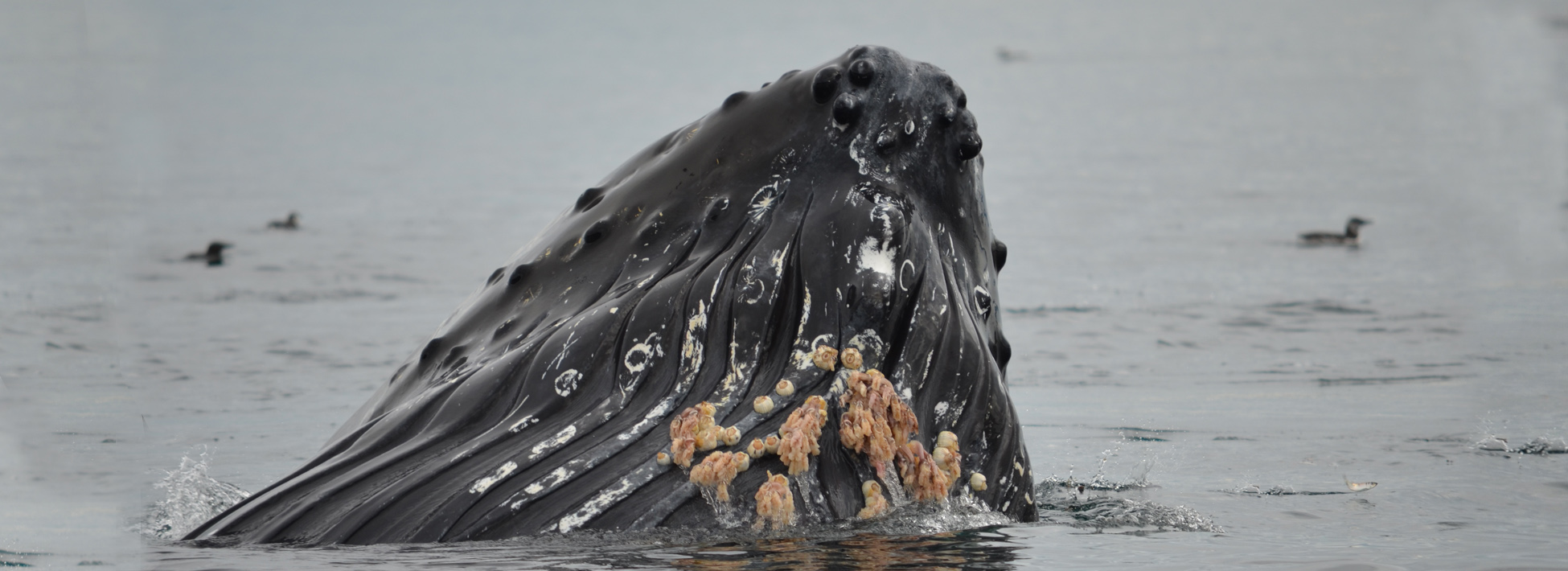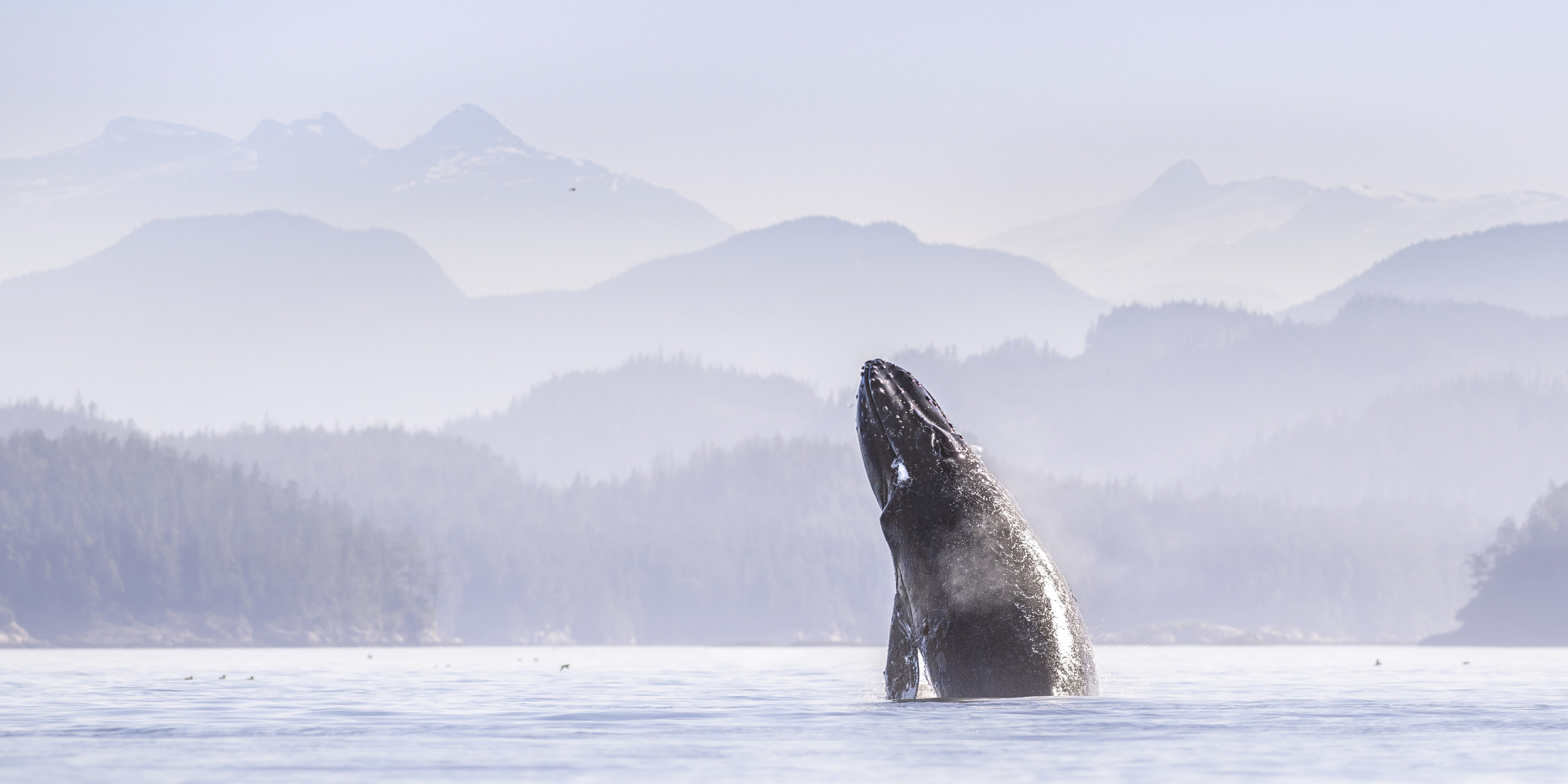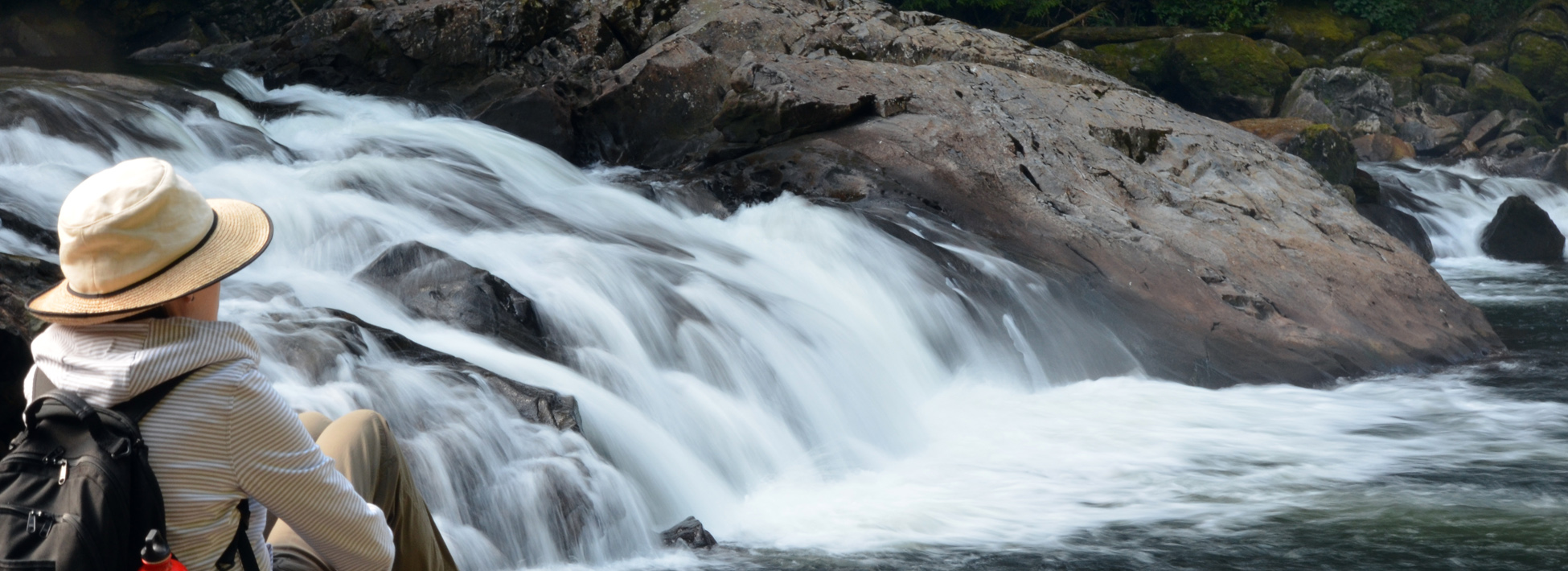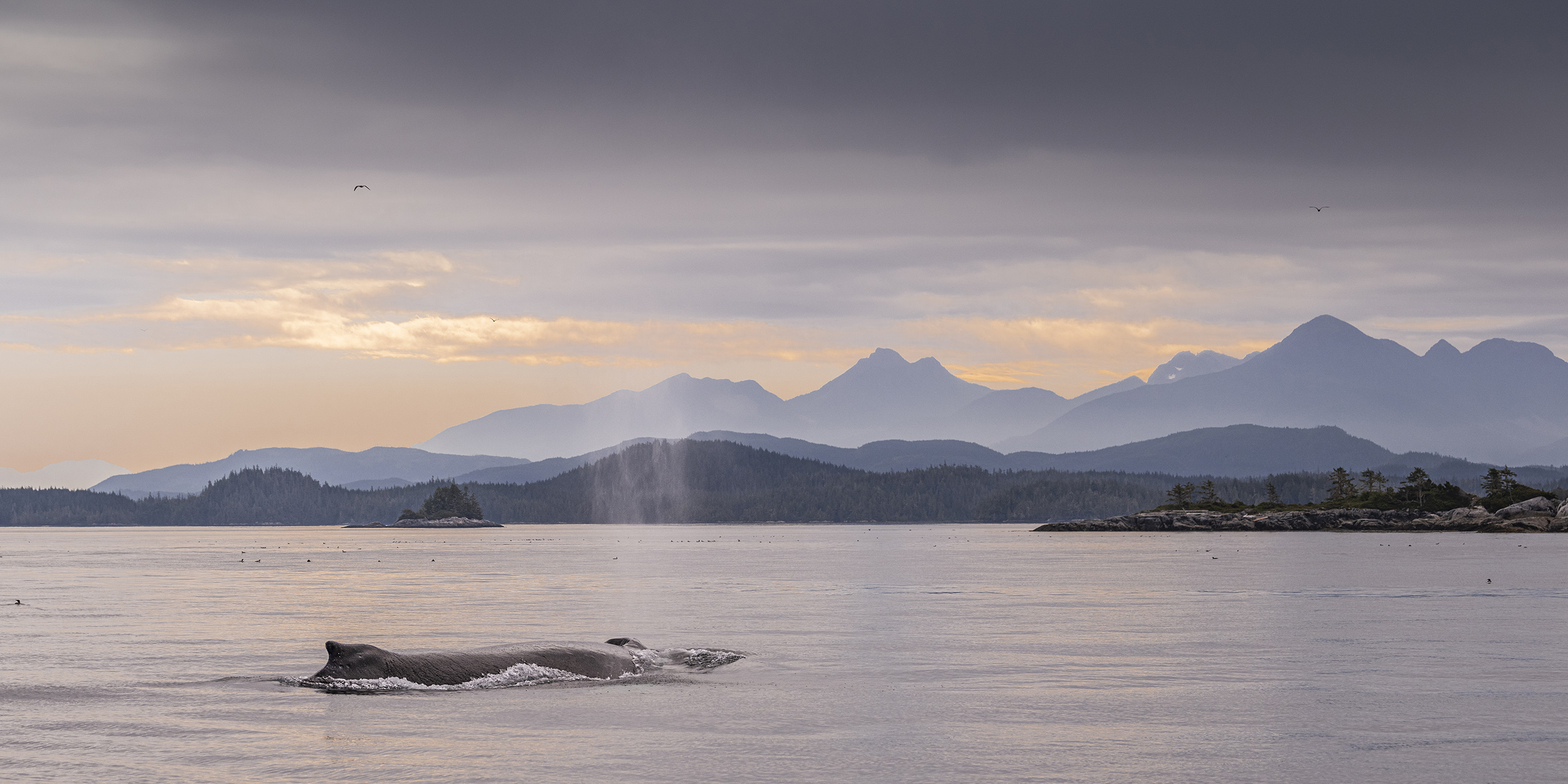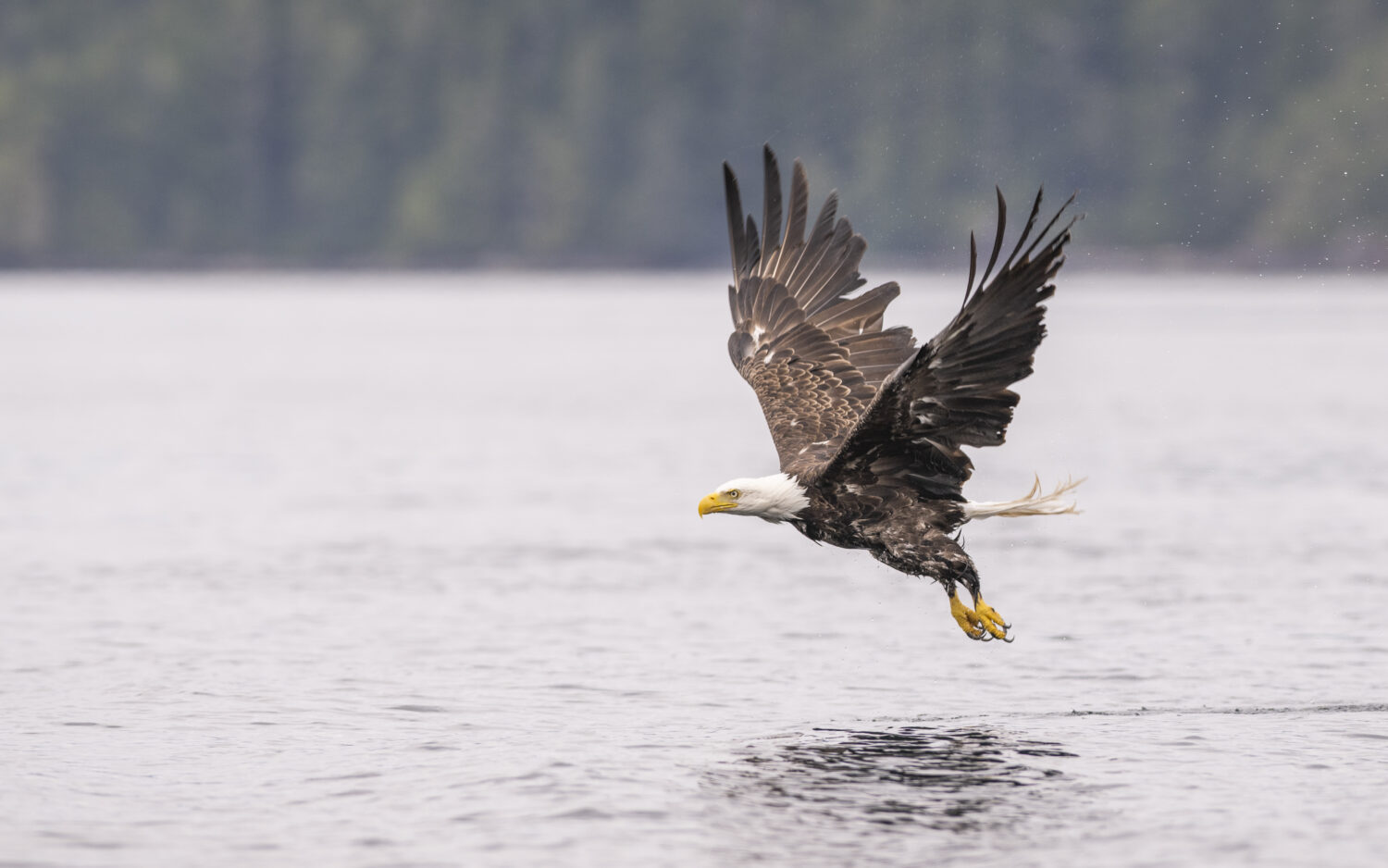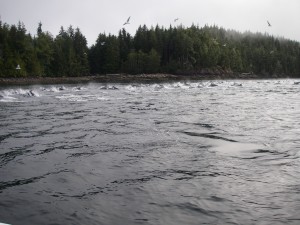
“In British Columbia, Pacific white-sided dolphins move inshore/offshore throughout the year. Pacific white-sided dolphins are opportunistic predators feeding on over 60 species of fish and 20 species of cephalopods (octopuses, squid, and cuttlefish etc.). In BC, they feed on at least 13 different prey species, including salmon, herring, Pollock, shrimp, sablefish, smelt, and squid. They forage cooperatively, though large groups may separate into smaller sub-groups for foraging purposes. These feeding groups have been observed corralling and herding fish in a coordinated fashion.” Quote from Wild Whales b.c. cetacean sightings network website.
This photo is of dolphins forging activity that we followed as they worked through a large bay (Parsons Bay) adjacent to Johnstone Strait. There were at least three hundred dolphins that would churn the water in an area then stop and eat before rushing through another area. We observed them for about forty-five minutes.

